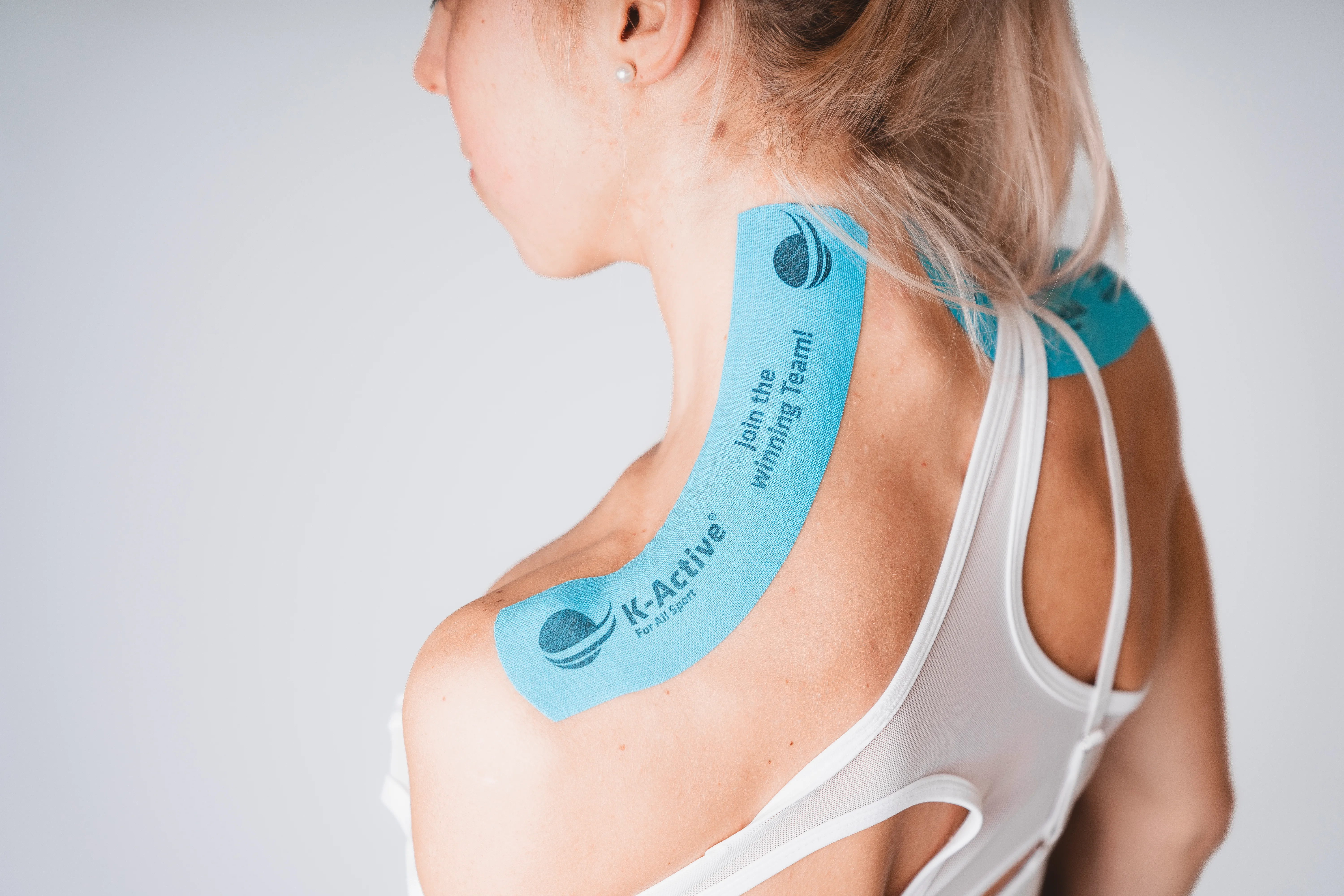General information about the neck and the trapezius muscle
The neck area
The neck is a complex and crucial area of the human body that connects the head to the torso. It consists of seven cervical vertebrae, which together form the cervical spine. These vertebrae are surrounded by a large number of muscles, tendons and ligaments that ensure the stability and mobility of the head. The muscles in the neck make it possible to move the head in different directions, which is essential for numerous everyday activities.
The trapezius muscle
The trapezius muscle, often referred to as the hood muscle, is a large, flat muscle that extends across the upper back and neck. It has a trapezoidal structure and is divided into three parts:
- Upper fibers: These run from the back of the head and the upper cervical vertebrae to the shoulders and help to lift and rotate the shoulders and stabilize the head.
- Middle fibers: These extend across the upper back and help with retraction (pulling back) of the shoulder blades.
- Lower fibers: These run from the middle back to the lower shoulder blades and are responsible for the depression (lowering) of the shoulder blades.



